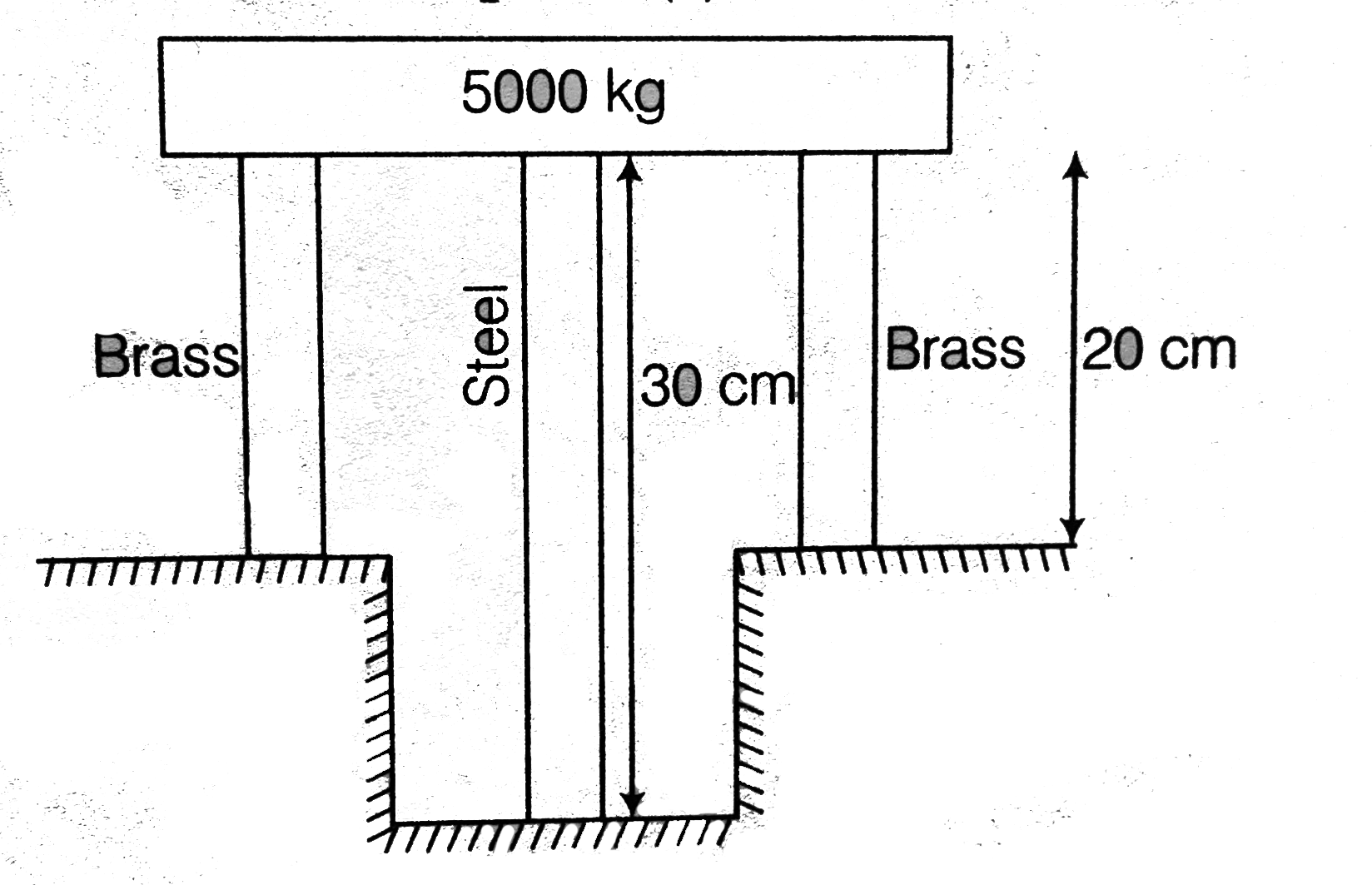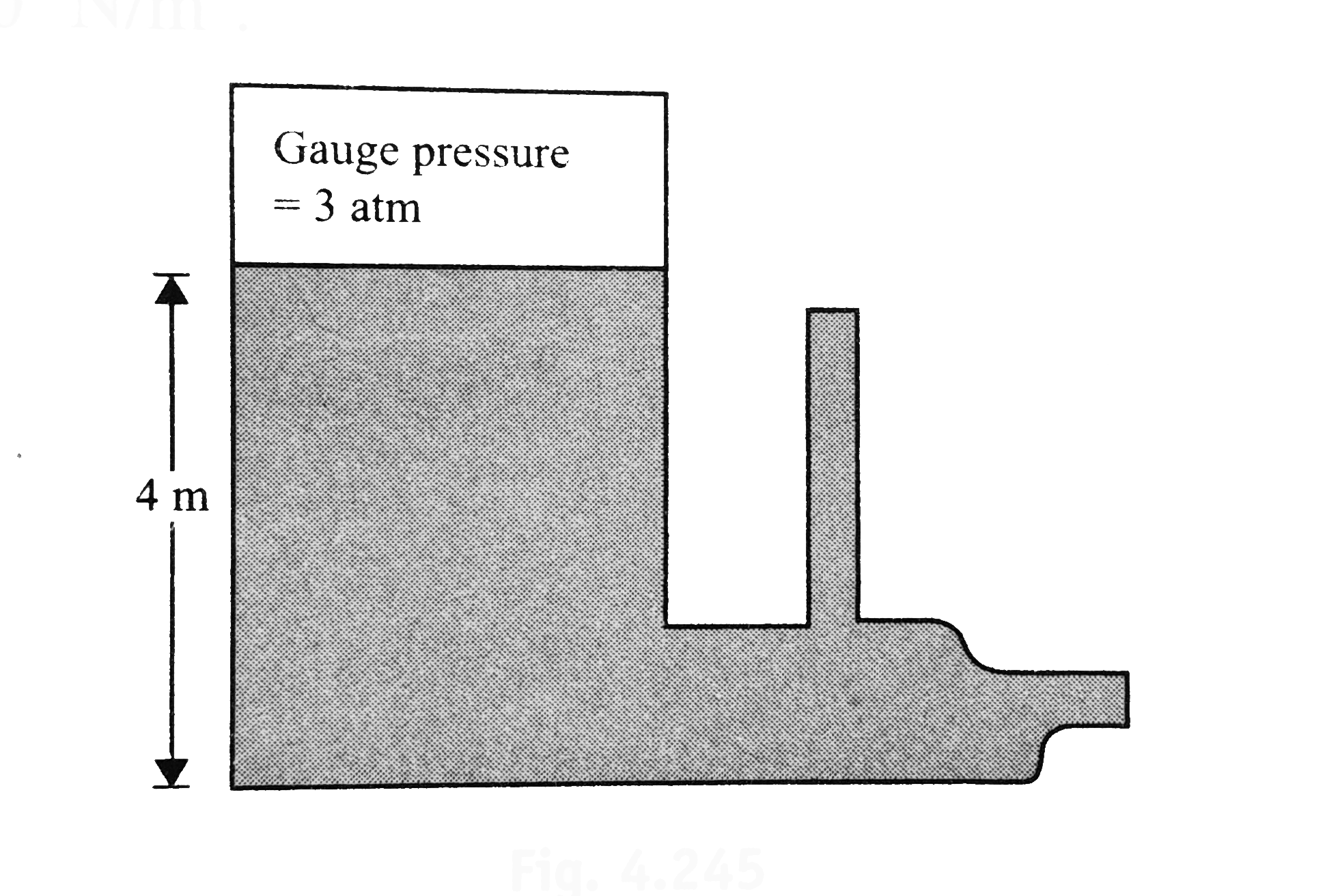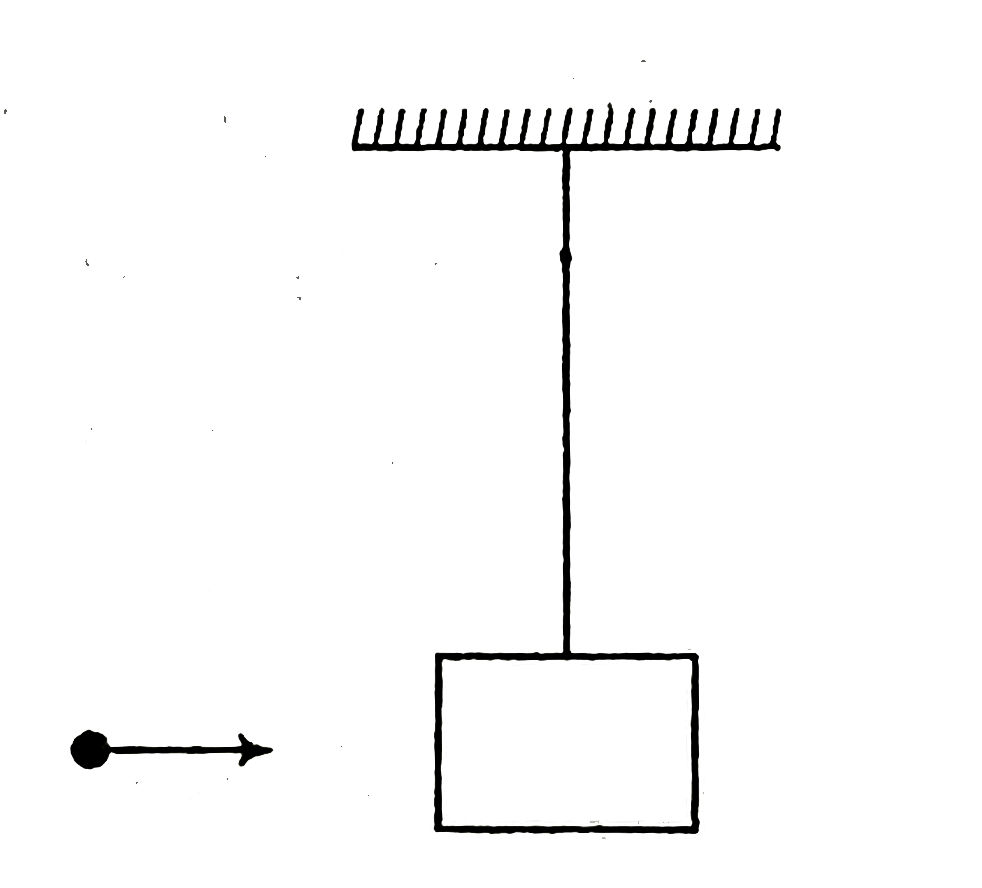The two thigh bones (femur bones) each of cross-sectional area 10cm2 support the upper part of a human body of mass 40 kg . Estimate the average pressure sustained by the femurs. g=10m/s2
To solve the problem, we need to calculate the average pressure sustained by the femur bones when supporting the upper part of the human body. Here’s a step-by-step solution:
Step 1: Calculate the Force Exerted by the Body
The force exerted by the body can be calculated using the formula:
Force=mass×acceleration due to gravity
Given:
- Mass m=40kg
- Acceleration due to gravity g=10m/s2
Calculating the force:
Force=40kg×10m/s2=400N
Step 2: Calculate the Total Cross-Sectional Area of the Femurs
Each femur has a cross-sectional area of 10cm2. Since there are two femurs, the total cross-sectional area is:
Total Area=2×10cm2=20cm2
To convert this area into square meters:
20cm2=20×10−4m2=0.002m2
Step 3: Calculate the Average Pressure
Pressure is defined as the force per unit area. Therefore, we can calculate the average pressure sustained by the femurs using the formula:
Pressure=ForceArea
Substituting the values we calculated:
Pressure=400N0.002m2=200000Pa=2×105Pa
Final Answer
The average pressure sustained by the femurs is:
Pressure=2×105Pa
---
The force exerted by the body can be calculated using the formula:
Force=mass×acceleration due to gravity
Given:
- Mass m=40kg
- Acceleration due to gravity g=10m/s2
Force=40kg×10m/s2=400N
Each femur has a cross-sectional area of 10cm2. Since there are two femurs, the total cross-sectional area is:
Total Area=2×10cm2=20cm2
20cm2=20×10−4m2=0.002m2
Pressure is defined as the force per unit area. Therefore, we can calculate the average pressure sustained by the femurs using the formula:
Pressure=ForceArea
Pressure=400N0.002m2=200000Pa=2×105Pa
The average pressure sustained by the femurs is:
Pressure=2×105Pa
Topper's Solved these Questions
- MECHANICAL PROPERTIES OF FLUIDSBOOK - AAKASH INSTITUTE ENGLISHCHAPTER - MECHANICAL PROPERTIES OF FLUIDSEXERCISE - SECTION - A
50 Videos
- MECHANICAL PROPERTIES OF FLUIDSBOOK - AAKASH INSTITUTE ENGLISHCHAPTER - MECHANICAL PROPERTIES OF FLUIDSEXERCISE - SECTION - B
23 Videos
- MECHANICAL PROPERTIES OF FLUIDSBOOK - AAKASH INSTITUTE ENGLISHCHAPTER - MECHANICAL PROPERTIES OF FLUIDSEXERCISE - SECTION - J
9 Videos
- MAGNETISM AND MATTER BOOK - AAKASH INSTITUTE ENGLISHCHAPTER - MAGNETISM AND MATTER EXERCISE - ASSIGNMENT (SECTION D)
26 Videos
- MECHANICAL PROPERTIES OF SOLIDSBOOK - AAKASH INSTITUTE ENGLISHCHAPTER - MECHANICAL PROPERTIES OF SOLIDSEXERCISE - Assignment(Section-D)
14 Videos
Similar Questions
The two thigh bones each of cross-sectional area 15cm2 support the upper part of a person of mass 70 kg. The pressure sustained by these thigh bones is
View SolutionA steel rod of cross-sectional area 16cm2 and two brass rods each of cross-sectional area 10cm2 together support a load of 5000kg as shown in the figure. ( Given, Ysteel=2×106kgcm−2andYbrass=106kgcm−2). Choose the correct option(s).

View Solution
Knowledge Check
The two femurs each of cross-sectional area 10cm2 support the upper part of a human body of mass 40 kg. the average pressure sustained by the femurs is (take g=10ms−2)
A2×102Nm−2B2×104Nm−2C2×105Nm−2D2×106Nm−2
If a compressive force of 3.0×104N is exerted on the end of a 20 cm long bone of cross-sectional area 3.6cm2 (i) will the bone break and (ii) if not by how much length does it shorten? Given compresive strength of bone =7.7×108N/m2 and young's modulus of bone =1.5×1010N/m2
View SolutionWhat is the weight of a block of mass 10.5 kg ? Take g=10ms−2
View SolutionCalculate the weight of a body of mass 10 kg in kgf . Take g=9.8m s−2 .
View SolutionCalculate the weight of a body of mass 10 kg in newton . Take g=9.8m s−2 .
View SolutionA liquid having density 6000kg/m3 stands to a height of 4m in a sealed tank as shown in the figure. The tank contains compressed air at a gauge pressure of 3atm. The horizontal outlet pipe has a cross-sectional area of 6cm2 and 3cm2 at larger and smaller sections. Atmospheric pressure =1atm,g=10m/s21atm=105N/m2.

Assume that depth of water in the tank remains constant due to s very large base and air pressure above it remains constant. Based on the above information, answer the following questions.
The discharge rate from the outlet is
View SolutionA mass of 10 gm moving with a velocity of 100 cm / s strikes a pendulum bob of mass 10 gm . The two masses stick together. The maximum height reached by the system now is (g=10m/s2)
View SolutionA mass of 10 g moving horizontally with a velocity of 100cm−1 strikes a pendulum bob of mass 10g. Length of string is 50 cm. The two masses stick together. The maximum height reached by the stystm now is (Take, g=10ms−2

View Solution
